Visitors’ comments about downtown Macon, Pleasant Hill, might surprise you
The Knight Foundation partially funds Reimagining the Civic Commons Studio that drew leaders from across the nation to learn how Macon is leveraging civic engagement for a brighter future
The Reimagining the Civic Commons Studio conference brought more than 100 people to Macon from 11 cities across the country in April of 2023.
More than 100 visitors from nearly a dozen major and mid-size cities spent a few days in Macon as civic students learning about local efforts over the last decade to revitalize downtown and adjacent neighborhoods.
The Reimagining the Civic Commons Studio three-day conference showcased the work of the Macon Action Plan that began bringing people together more than 10 years ago to brainstorm about how to develop a truly connected and inclusive community, said Macon-Bibb County’s Urban Development Authority Executive Director Alex Morrison.
Initially, through funding from the Knight Foundation and Peyton Anderson Foundation, the public was invited to share their thoughts and plans for revitalizing downtown in an 18 monthslong process. Within five years of the first Macon Action Plan unveiled in 2015, downtown gleaned $5 million in foundation grants to help implement the plan.
RCC program participant Aminata Sandra Calhoun was “born and sustained” in Philadelphia, and currently serves as Director of Sanitation and Environmental Programs for the Centennial Parkside Community Development Corporation.

She took a walking tour of downtown Macon’s public art, dined in the Jefferson Long Park in Pleasant Hill and strolled through the alleys in the heart of the city – something she wouldn’t think of doing at home in Philly, she said.
“I must say I felt so much safer here as opposed to home,” Calhoun said.
An online biography explains her disdain for trash, litter and blight, so, what did this community activist think of her first trip to Macon?
“You have surpassed my expectations,” Calhoun said at the conclusion of her visit. “I love the cleanliness of your streets. That’s something I don’t have the privilege of enjoying in Philadelphia. … Your downtown is exemplary clean. It’s spiffy.”
Not only the streets, but she appreciated the artwork and lighting in downtown alleys that have been refreshed in recent years through the Downtown Business Improvement District.
“I love how you took a couple of alleys and artistically laid them out. I thought that was slick,” Calhoun said.
At the farewell lunch, NewTown’s Erin Keller explained to Calhoun how the BID enlisted a majority of downtown business owners to agree higher taxes in the district to fund those type of improvements and a litter patrol in the urban core.
As for Pleasant Hill, Calhoun found a clean, middle-class community.
“An under-resourced community in Philadelphia looks like bombed-out Beirut… compared to here,” Calhoun said.

While Calhoun is a newcomer, Akron, Ohio’s Roger Riddle once lived in Macon and was returning after being gone about a dozen years.
Riddle, a marketing consultant who works with the Akron Civic Commons project, brought tears to the eyes of Knight Foundation’s Macon director Lynn Murphey as he described the difference he sees in Macon.
“I have had moments where I know exactly where I am because of the streets, but I can’t quite get my bearings because things have changed so much,” Riddle said while in line for the closing luncheon at the Tubman African American Museum. “It’s been beautiful to see the city change in the way it has, and I’m touched and I’m so proud to see that Macon has continued to progress and do new things.”
Macon Action Plan started a ‘revolution’
Earlier this month in a news conference announcing the RCC Studio, Morrison explained how the Macon Action Plan “started a revolution of how we do public processes” in Macon that was integral to a lot of the downtown changes.
Through $1.5 million grants from both the Knight Foundation and the Peyton Anderson Foundation, community members and stakeholders shared their thoughts over 18 months to develop the city’s strategy for future growth.
Morrison said there are five key goals to the Macon Action Plan, or MAP, which was updated in 2020: supporting the anchors of economic development, cultivating connectivity amongst all the city’s different assets and communities, creating a unique and authentic urban core experience, creating new opportunities for people to live and work in the urban core, and focusing on implementation through programs such as the Downtown Challenge Grants administered through the Community Foundation of Central Georgia.
Morrison said it’s been an “amazing thing to see so many people who were not in that room in 2013 come together under the banner of Reimagining the Civic Commons, and re-envision a community that is truly one that speaks with one voice collectively for a brighter future for all its citizens.”
The effort boasts more than $400 million in public and private investments in downtown stemming from the Macon Action Plan.
Macon’s work was not only the focus of the conference, but was highlighted along with Lexington, Kentucky, in a national Reimagining Civic Commons publication.
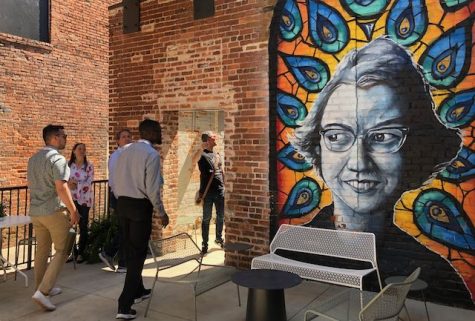
Morrison said the report and the recent visit “highlight the fact that Macon is a unique actor in the United States in how it builds and implements its plans for a brighter future by focusing on their people.”
Visit Macon’s Trish Whitley and NewTown Macon’s Emily Hopkins helped plan the schedule and community highlights to feature during the conference.
“It really helped emphasize the amount of collaboration we have in Macon, and I think that is something a lot of places talk about, but in Macon it really happens,” Hopkins said.
“The participants here have said, ‘You know, we really see that y’all all work together and you’re really trying, collectively,’” Whitley said.
For Riddle, Macon’s more positive perception of itself was one of the biggest changes he saw.
“One of the things that I’ve noticed that I’m taking back with me, is the way Macon talks about itself is a lot different from the way it used to talk about itself when I was here,” Riddle said. “There is a positive outlook and a forward-thinking that wasn’t there before, and that’s something that we struggle with in Akron, sometimes,” Riddle said. “So, I’m definitely going back and thinking about how do we change the narrative in a wide sort of way so that people can see and appreciate the progress that’s happening and start to imagine what a future looks like for the city.”
‘Welcoming… transparent… honest’
In the end, it’s the Macon people at the heart of this people-driven improvement process that also left an indelible mark on the visitors.
Tonika Lewis Johnson has lived her whole life on Chicago’s South Side, and came to the conference to share her story of mobilizing people to affect positive change and correct the ills of segregation.
She was so inspired by her visit to Macon that she said she had to revise her lecture on Segregation, Social Networks & Perceptions of Place.
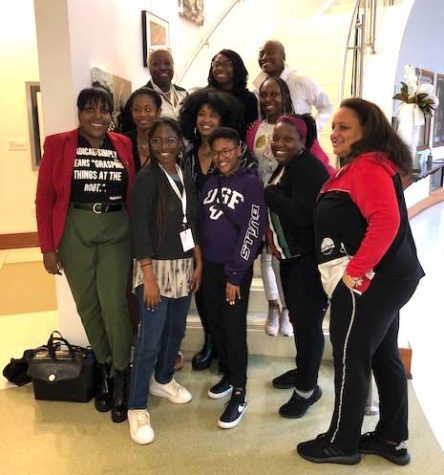
“Maybe this is just the Northern city slicker speaking, but it’s just like a real down-home community feel. … It just is immediate here. It’s like you don’t have to warm up to the environment,” Johnson said. “People are just so… welcoming, so transparent, so honest. So, I think that is what Macon collectively has that is very different.”
Calhoun found more love on the streets of Macon than in her native “City of Brotherly Love.”
“I love the engagement of the people. You could be passing on the street and one will say, ‘Hello.’ I have had more people say ‘hello’ to me here than my whole lifetime in Philadelphia on the streets. So, Macon has my heart,” Calhoun said.
Murphey was pleased that Calhoun planned to return home and correct her friends’ misconceptions about Macon.
“I have enjoyed watching the people from Macon have great pride and kind of showing off our city and telling our story,” Murphey said. “I’m just delighted Macon is finally getting some of the attention I feel like we deserve for a job we’re doing very, very well.”
– Civic Journalism Senior Fellow Liz Fabian covers Macon-Bibb County government entities and can be reached at fabian_lj@mercer.edu or 478-301-2976.



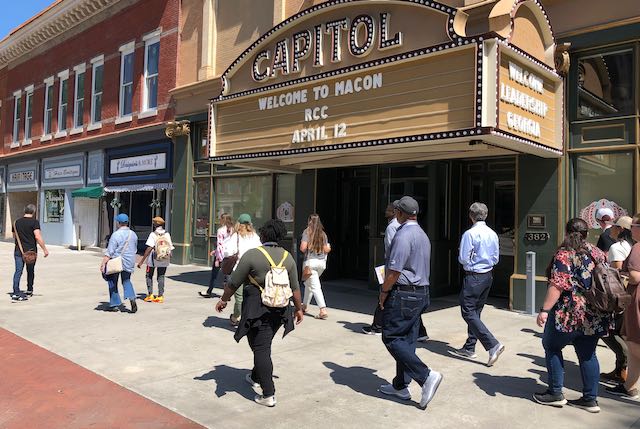
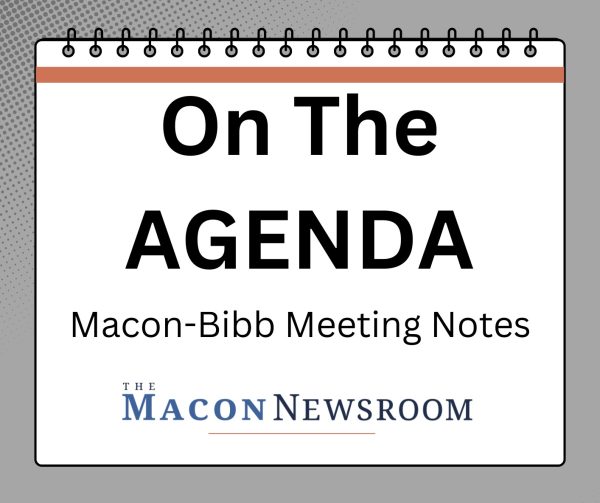

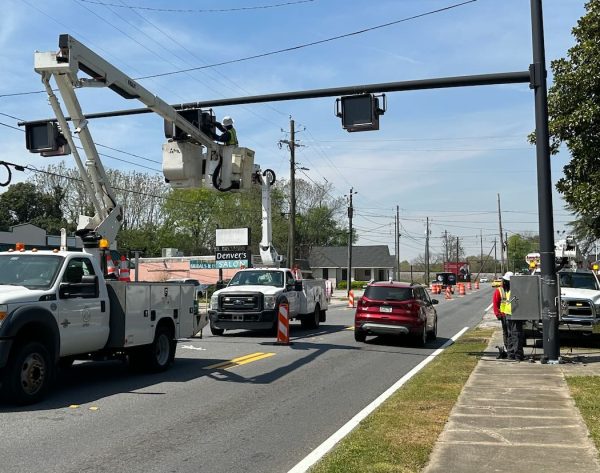



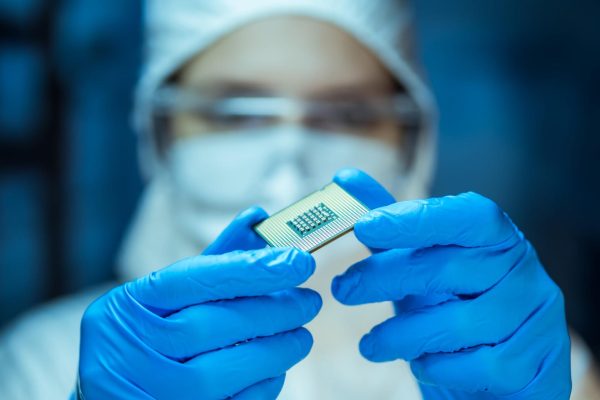
Sherrie Marshall • Apr 22, 2023 at 1:22 am
Very good reporting on this event.